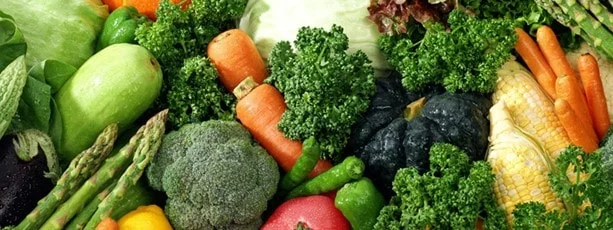2F. Handling and Storing Foods
2024-03-04 16:00

Take note of the following guidelines when preparing and handling food
- Avoid handling ready-to-eat food with your bare hands to avoid food contamination. Always wash your hands after handling raw food, preparing meals, and after washing the dishes.
- When you are sick with diarrhoea or flu, refrain from handling food. This will prevent the spread of bacteria to other members of the family and help you to avoid accidents. Your employers will appreciate if you inform them that you are not feeling well.
- Avoid sneezing and coughing in the kitchen. Cover your mouth when sneezing and coughing to avoid food contamination and embarrassment.
- Do not leave raw food exposed for a long time. Raw meat, fresh sea food and other easily perishable food items should be consumed as soon as they reach home from the marketplace.
- Otherwise, they should be stored in an airy dry place, or in the refrigerator. If possible, cook food immediately after preparing them to retain their freshness. If you intend to cook meat at a later time, marinate the meat in proper ingredients and cover the container before placing it in the refrigerator. Be particularly careful during warm weather, when food spoils quickly and may cause food poisoning. Marinating will make the meat more tasty, as well as prolong its freshness.
- Prevent drippings of raw food from contaminating cooked food. Always store raw food in a separate compartment or at a level lower than that of the stored ready-to-eat food. Fresh food items should be washed and wrapped before they are stored. This will prevent foul odor and ensure cleanliness inside the refrigerator.
- Food which require no cooking, like fresh milk, fruit juices, ice cream, cakes, desserts and salads, should be stored inside the refrigerator until consumption.
- Frozen food must be completely thawed before cooking and cooked thoroughly to avoid diseases.
If you need more information, please feel free to Contact Us, or via  WhatsApp or leave message on our Facebook for general inquiries.
WhatsApp or leave message on our Facebook for general inquiries.
If you need more information, please feel free to Contact Us, or via  WhatsApp +852 93446653 or leave message on our Facebook for general inquiries.
WhatsApp +852 93446653 or leave message on our Facebook for general inquiries.
Jika anda memiliki pertanyaan, harap tinggalkan pesan di halaman Facebook kami dan kami akan segera membalas persan anda
Kung mayroon po kayong mga katanungan, maari po na mag-iwan ng mensahe sa aming Facebook para po sa iba pang katanungan
Back : Book Index > Book Sub-Index
Previous Post : 2E. Cooking Methods | Next Post : 2G. Table Setting
![]()




